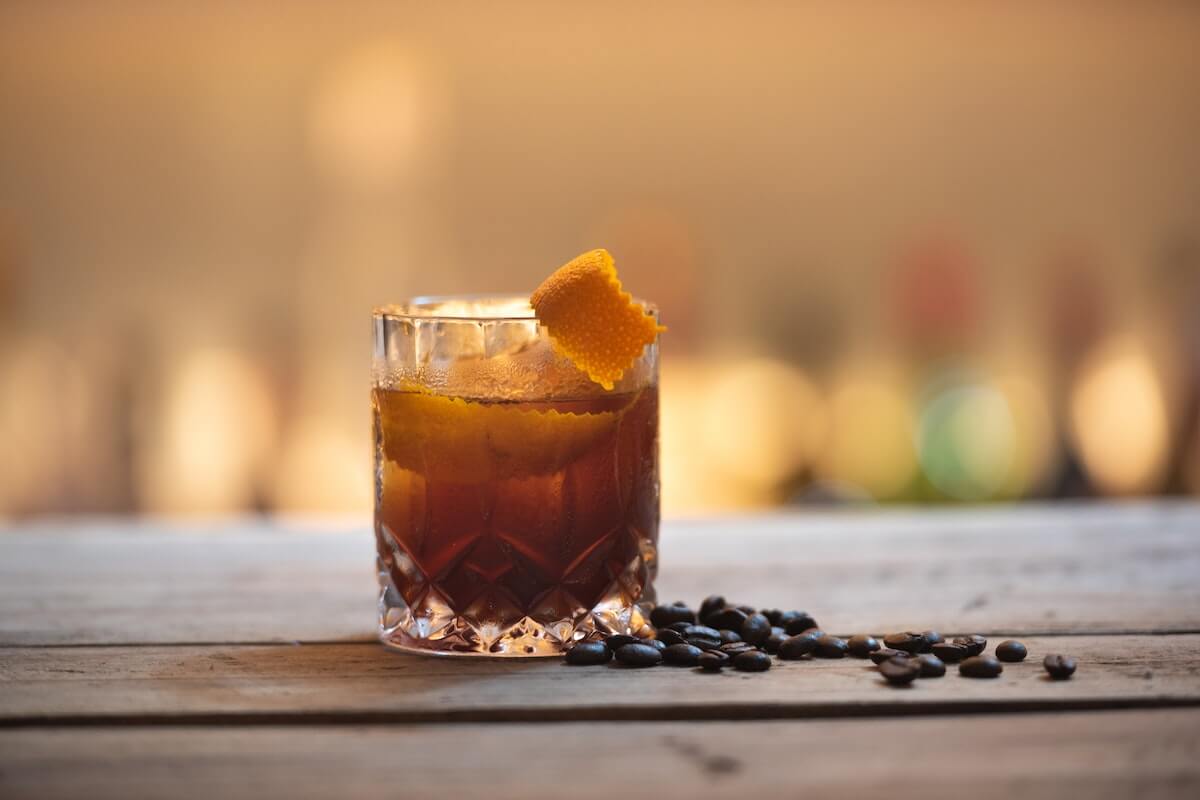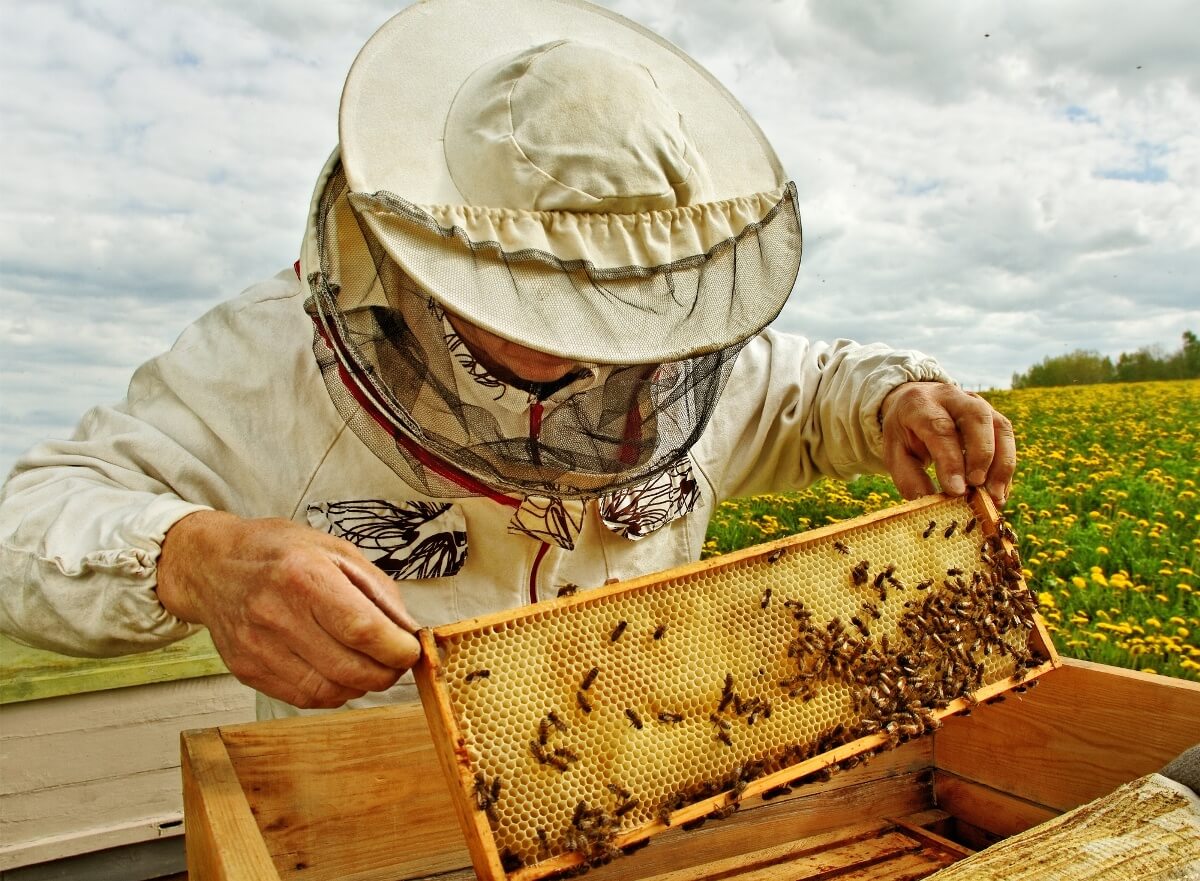Whisky is a popular spirit enjoyed by people all around the world. From Scotland to Japan, there are many different styles and variations of whisky to choose from. But what exactly makes a good whisky? In this blog post, we’ll explore some of the key factors that contribute to the quality and flavor of a whisky. We’ll also delve into the world of single cask whisky, a type of whisky that is made from a single barrel and is often highly sought after by connoisseurs.
Quality of the Ingredients
One of the most important factors in determining the quality of a whisky is the quality of the ingredients that go into it. The type of grain used, the water source, and the climate in which the whisky is produced can all have a significant impact on the final product.
Single malt whisky, for example, is made from 100% malted barley. The quality of the barley used can greatly affect the flavor and character of the whisky. Similarly, the water source plays a crucial role in the production process, as it is used to mash and distill the whisky. The minerals and impurities present in the water can contribute to the flavor profile of the whisky.
The Aging Process
The aging process is another key factor in the quality of a whisky. All whisky is aged in barrels, which can be made from a variety of different woods, including oak, sherry, and bourbon. The type of wood used can have a significant impact on the flavor of the whisky.
The length of time a whisky is aged is also important. Most whisky is aged for at least three years, although some can be aged for much longer. The longer a whisky is aged, the more complex and nuanced its flavor becomes.
Single cask whisky is a type of whisky that is made from a single barrel, rather than being blended from multiple barrels. This means that the flavor of a single cask whisky is highly dependent on the characteristics of the barrel it was aged in. Single cask whisky is often highly prized by connoisseurs due to its unique and distinct flavor profile.
The Distillation Process
The distillation process is another important factor in the quality of a whisky. The way in which the whisky is distilled can greatly impact the flavor and character of the final product.
Most whisky is distilled using a continuous distillation process, in which the alcohol is continuously distilled until it reaches the desired strength. Other methods, such as the pot still method, involve distilling the alcohol in a pot still and collecting the various fractions as they come off the still.
The choice of distillation method can have a significant impact on the flavor of the whisky. For example, pot still whisky tends to have a more robust and full-bodied flavor, while continuous distillation whisky is often smoother and more refined.
The Blending Process
The blending process is the final step in the production of most whiskies. After the whisky has been aged and distilled, it is often blended with other whiskies to create a more balanced and consistent flavour.
The skill of the blender is crucial in this process, as they must carefully select the right whiskies to blend together in order to create a harmonious and enjoyable final product. A good blender will have a deep understanding of the different flavors and characteristics of the various whiskies they are working with, and will be able to create a blend that is greater than the sum of its parts.
In conclusion, there are many factors that contribute to the quality of a whisky. From the quality of the ingredients to the aging and distillation.










